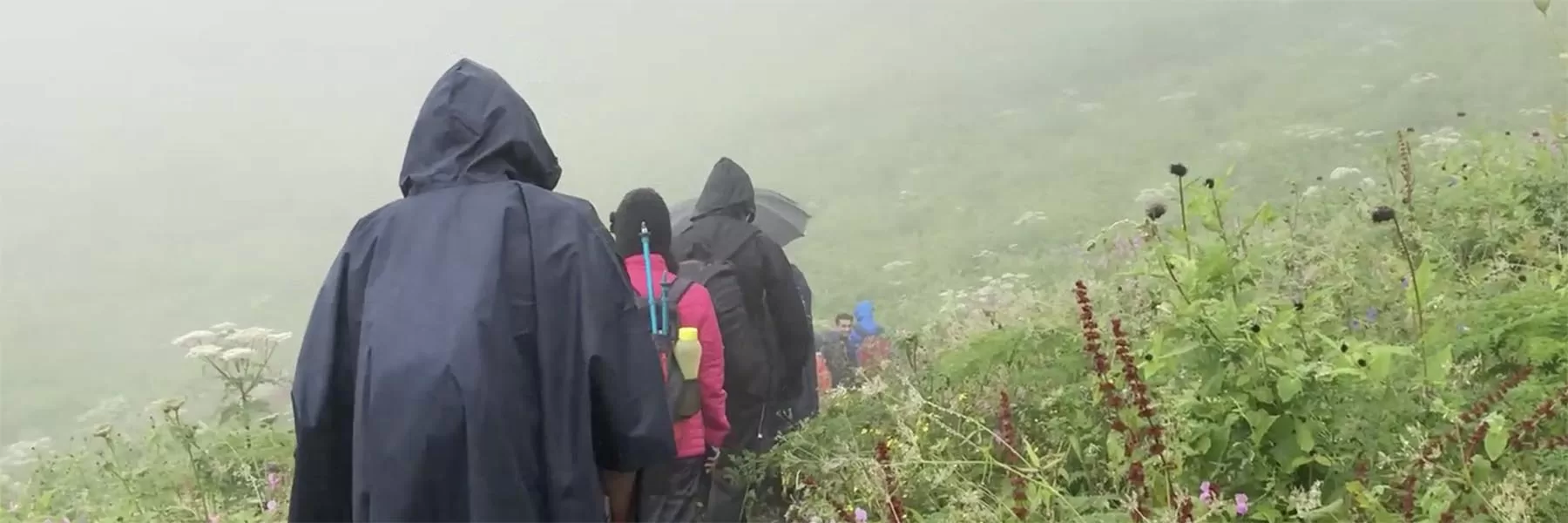As they say, when you cannot travel, the best thing is to plan for travel. What better way to start, than with a packing list. Whichever remote corner of the world you decide to travel, this master packing list covers it all. However, these are broad packing guidelines at best. When you book with us we provide country specific detailed dossier that are much more detailed and specific to that country, including documentation, packing lists, safety guidelines, currency guidelines, tipping guidelines, health and vaccination guidelines and shopping guidelines. However, that is for a stage when you already have booked and planned everything. For the planning stage, this is a great list!
GENERAL
These are general packing tips and not pertaining to any place. Please read these in conjunction with the region-specific packing list, to know what you need to carry for a particular region.
- Medicines – Always carry your prescription medicines to last you for the trip. Do not depend on local medicines, in some country’s quality is dubious and some will not give without prescription. Always carry your doctor’s prescription with you, for airport checks if any. Can include some standard OTC medicines for headaches, tiredness in general.
- Always wise to carry a small umbrella or poncho, unless you are fully sure it’s not going to rain, but you can never be too sure!
- Your passport, visas, air tickets, hotel vouchers, tour vouchers, vaccination cards etc. As a general rule, your passport should be valid for 6 months beyond your return date, and there should be atleast 2 blank pages for visa stampings.
- Money – In Europe, North America and Australia you can survive 100% on plastic money. Credit card or forex cards can work, particularly these days multi-currency forex cards are available everywhere. However when you travel to Africa or most countries of Asia, do carry cash for your regular expenses beyond what you have already paid for. Always over-estimate the need of cash and never under-estimate. If you cannot get currency of your travel country in your home country, then carry USD or EUR. You will be able to change these currencies to local currency in almost all destination airports.
- Electricity adapter for that country or universal electricity adapter. Different regions of the world have different electricity plugs, and you will not be able to use your appliances without a proper adapter.
- Your personal entertainment and work devices – laptops, pdas etc – remember to carry chargers.
- Your personal reading material.
- Alcohol – Do check guidelines of destination country you are visiting. Most allow 2 litres of alcohol per person usually, though some African countries allow lesser. Duty frees are usually the best bet to buy.
- Your personal toiletries, though apart from some treks and rare expeditions, you will be staying in standard hotels which will provide stuff like soaps, shampoos, towels etc.
- Cameras – refer the camera section for details.
- DO NOT carry any raw food materials, plants, soil, ivory products, animal parts or products as a rule of thumb. Later two are a criminal offence in many countries.
AFRICAN OR INDIAN SAFARI
In general, safaris can get windy and dusty, and bumpy too. So your gear has to take care of that. If it is cold, particularly during mornings, in safaris you will feel much colder.
- Safari hat or cap – as it can get windy during safaris and hair will flow and get dusty otherwise.
- Light wind cheater or jacket – it can be cool (upto 15 degrees) on some East African safaris in the morning, so this will help. If you do Indian safaris in peak winters (Dec-Jan), you will need full winter gear from gloves, face covers, inners etc – can refer Nordic packing list for that.
- Binoculars are optional but good accessory to have. Some safaris provide it though.
- Sunglasses as African Sun can be harsh.
- Adequate sun-screen lotions for the same reason.
- You may like to carry additional medicines for dust allergy (if you are prone) and malaria (most mid to top places for stay rarely have mosquitos),
- Clothes – for safaris you may like to choose Earthen colors or neutral shades that blend well with nature. Colors like Khaki, Olive green, Camo, light grey, dark grey work very well. Avoid colors like bright red, bright orange, bright magenta, bright yellow etc. This is not a rule, but highly recommended, to cause minimal visual intrusion in a natural setup.
- You can carry normal shoes or slippers you wear regularly, usually in a safari tour walk or trek will not be needed.
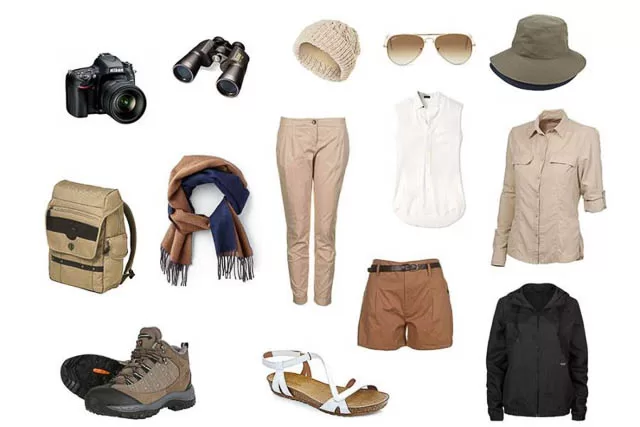
Safari clothing
NORDIC COUNTRIES
During winters, in places like Finnish and Swedish Laplands, temperatures can go upto -45 degree celsius. Though average winter temperatures in Northern Norway will be within -25 degrees, and in Iceland within -10 degrees. Nonetheless the preparation will be on the same lines as in all these countries the cold is very biting and windy, and the temperature can feel much lesser than it actually is. You need to dress in lesser to effectively combat the cold. Another factor which comforts is, most of the time you will be climate controlled hotels or vehicles, and your exposure time to raw nature is very less.
- Layer 1- Starting with inner thermals (Preferable wear thermals that are made of quick dry fabric / dry fits)
- Layer 2- full sleeves t-shirt and track pants; Woollen Socks (One double woven woollen socks with one warm nylon or normal woollen socks inside). Carry enough spare socks and other undergarments. Also a light pullover may be optional.
- Layer 3- Down jacket or a heavy winter jacket. This can vary in intensity, and jackets are rated for temperatures, choose at least a -25 degree compatible jacket for these regions.
- Carry sunglasses as snow can be reflective on eyes.
- For hands, first layer will be a mitten, and next layer will be a thick winter gloves.
- For face and neck, carry a neck warmer and a balaclava (that sounds strange but works, google it). Also most jackets will have hoodies.
- Carry proper snow boots which are also water-proof, ideally these boots should reach almost to knee length.
- Carry walking/trekking sticks to support you while walking in snow.
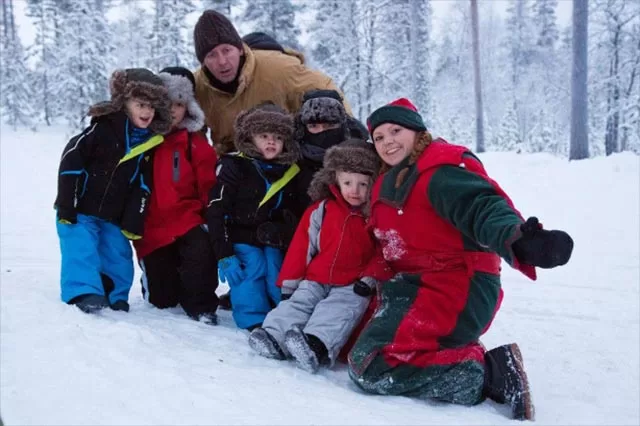
Nordic packing
POLAR EXPEDITIONS
Same as Nordic countries above except that you may need a higher temperature rated down jacket. During polar expeditions to Svalbard or Antarctica, temperatures may reach upto -45 degrees at the worst. You may need a two-layer expedition parka which is the ultimate accessory for those regions, but most cruise liners will provide that as a complimentary accessory. Check with us or the cruise lines before the trip about what is being provided and what you need to carry.
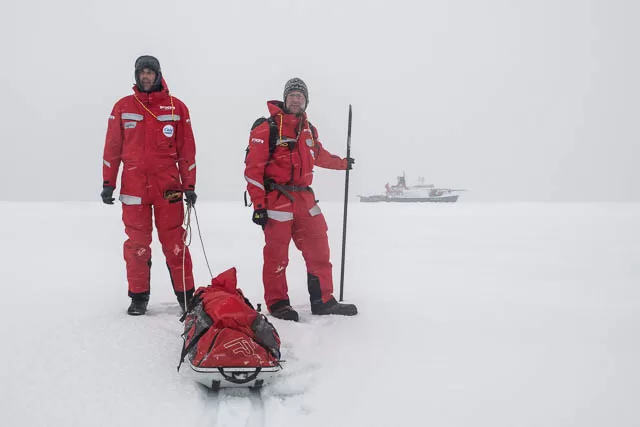
Polar expedition clothing
TREK
Same as Nordic countries above except check the temperatures you are expecting. You may or may not need a jacket rated for -25 degrees, most treks do not need that including Kilimanjaro, Machu Pichu etc, though some Himalayan treks will need that.
- Additionally carry headlamps or some light arrangement.
- Carry proper trekking boots with spikes.
- Carry swiss knife or some similar accessory for quick hacks on the way or at your stay.
- Depending on the remoteness or the availability of food, you may need to carry partial or complete packed food to last your trek. Carry chocolates as they give instant energy when you are down.
- Carry a basic first aid kit.
- Having a navigation compass and printed maps may be old school, but these are good backup accessory to have. Though that work can be accomplished by modern day phone GPS systems. Compass will help when phone battery dies!
- Spare batteries for phone and camera, or power banks to charge them at remote locations.

Packing for treks
TROPICAL REGIONS
These could include places like Indian subcontinent, most beaches and islands around the world and many rainforests. These places can get hot and sometimes humid too. Make sure you are hydrated well when you are travelling to these places.
- Carry light cotton/breathable clothes, half-sleeves or shorts work at most places, though some places may have religious guidelines.
- Carry sunscreen
- Mosquito repellent creams may help at some places like rainforests.
- Head cover which can be a cap, hat or a loose cloth. This is to avoid the possible harsh Sun. Even umbrella can do that job when walking under Sun.
- Flat shoes or your regular comfortable shoes and slippers
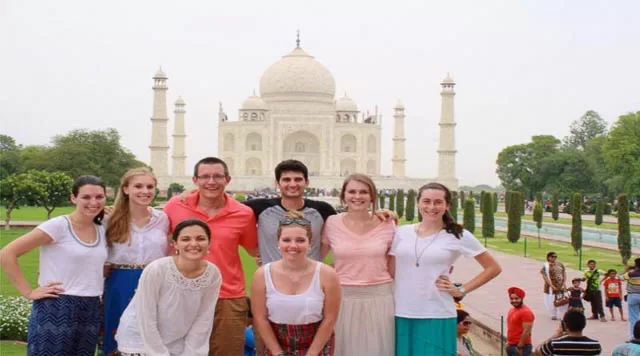
Tropical packing
SELECTING CAMERA
- Never underestimate your phone camera, particularly the ones on iphone. Modern day phone cameras have killed the consumer digital camera market for a reason, their quality is really good and of course the convenience. Shoot stills and videos generously with your phone cameras, even many professional photographers use them. Phone camera can cover most regular travel needs.
- If you are into videos, handycams are also a great way to begin. Only advantage over phone cameras is the great deal of optical (and not digital) zoom most of them offer, so you can get real close to your subject. This particularly helps in wildlife.
- For safari and wildlife – you may need a DSLR or a prosumer camera with focal lengths upto 400mm (35 mm equivalent). Lenses like 70-200, 70-300, 150-600, 200-500 from different manufacturers perfectly fit the bill, and basic to intermediate camera bodies would suffice for most first timers. You will still need a wide angle, where lenses like 18-55, 18-200, 11-16 or 16-35 etc work, even your phone camera can do that job. You may not need any tripod etc for a safari trip, though may like to have a camera beanbag to support the long lens. These days you can rent the gear also as that works much cheaper if you shoot occasionally.
- Northern lights and landscapes – You may need a wide angle lens like 18-55, 18-200 or 11-16 in intermediates or 14-24 or 16-35 or 14mm prime in professional grades. During day time, you can shoot landscapes and people with these lenses by handholding cameras as usual, however for Northern lights you will need a tripod, and exposure of atleast 2 seconds or more. More tips in a later blog.
- Travel photography – Your phone camera or a basic DSLR with kit lens will suffice for most travel and people photography you will do on a regular trip. Even a phone camera can do that work.
- Treks – You would like to travel light, so carry a single light camera or just use your phone camera.
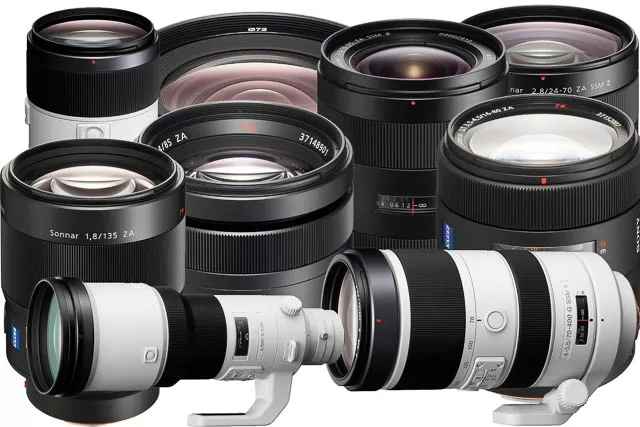
Selecting cameras need not be this daunting!
We hope this gave a good primer into the broad packing guidelines of different regions. If we missed something, then we would like to hear your suggestions.
If you loved reading this story, then subscribe to our blog here (it will ask to verify your email) to get inspiring travel stories and trivia delivered to your email. Stories about wildlife trivia, cultural experiences, curated luxury hotel lists, underrated places to travel, polar journeys and much more.


